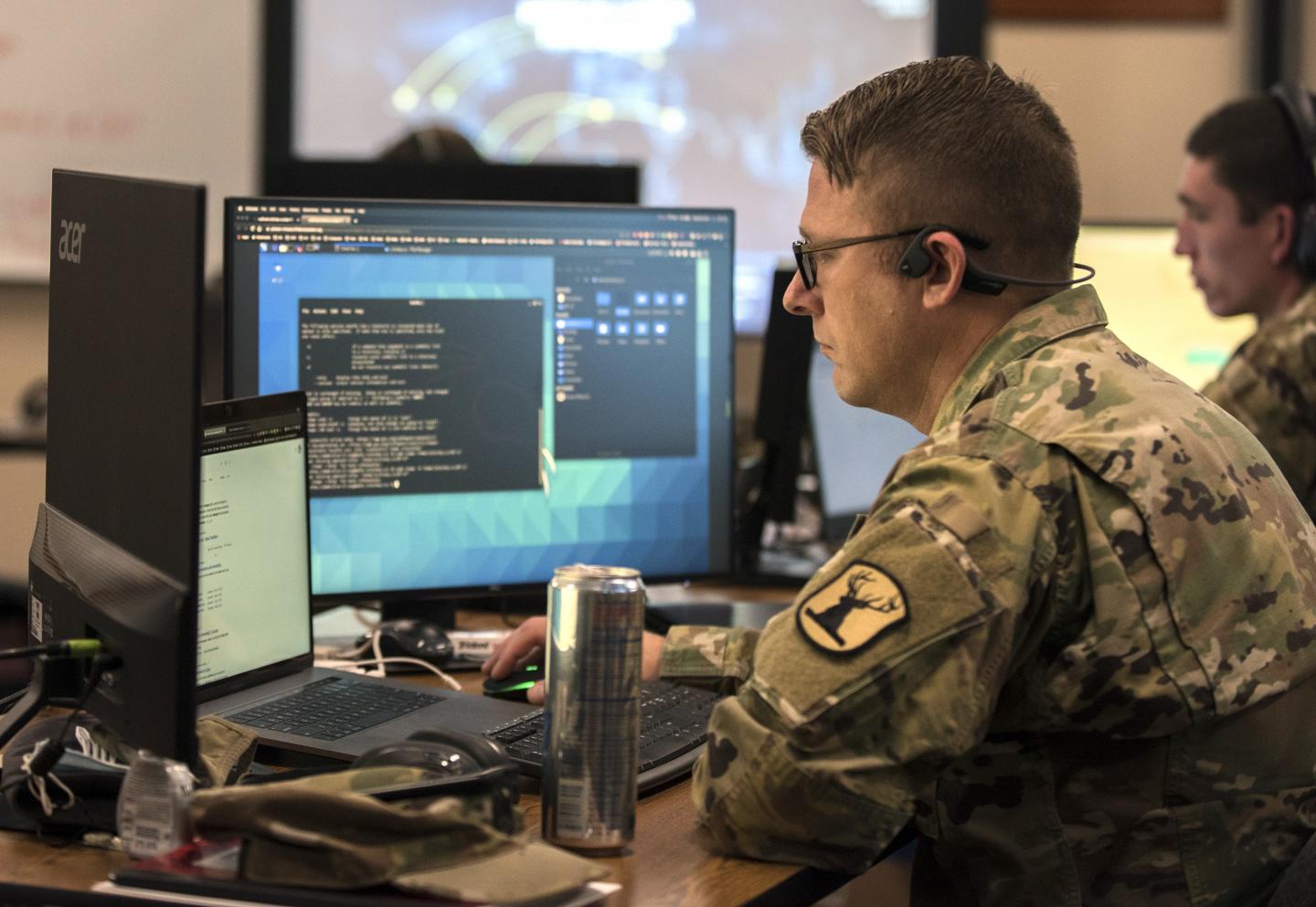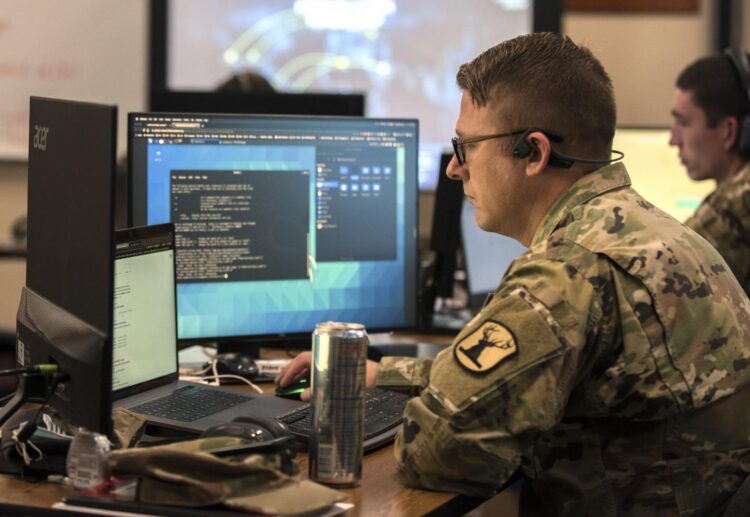
Credit: U.S. Army
RESEARCH TRIANGLE PARK, N.C — The U.S. Army awarded contracts to nine small businesses and nonprofit research institution partners to continue developing technologies to address military challenges.
As part of the Phase II Small Business Technology Transfer, or STTR, each team will receive up to $1.1 million and will spend between six and 18 months developing a demonstration prototype.
“These accelerated Phase II prototyping efforts are the next step in a pilot program using the STTR program to rapidly identify and address warfighter technology gaps,” said Michael Caccuitto, division chief for technology and integration, Army Research Office, an element of the U.S. Army Combat Capabilities Development Command’s Army Research Laboratory. “Working hand-in-glove with our operational partners from the beginning, we will be in a position to maximize the potential for one or more of these efforts, if successful, to transition for continued development and rapid acquisition.”
In contrast to the basic research programs managed by ARO, the STTR program focuses primarily on feasibility studies leading to prototype demonstration of technology for specific applications. This three-phase program requires a small business to collaborate with a research institution, typically a university or nonprofit research institution.
The 10 selected Phase II projects primarily support the Army Modernization Priority, Network, which addresses the warfighter need to command and control forces distributed across vast terrain, converge effects from multiple domains, and maintain a common situational understanding in multi-domain operations.
The projects addresses seven categories of network operations: interference and jamming of high frequency radios, position navigation without GPS, phased-array antennas for extremely high-frequency satellite communications, millimeter waveforms for tactical networking, edge sensor processing, adaptable tactical communications (advanced Soldier radios) and standoff electronic denial (disrupting, disabling or destroying the electronics on a remote target).
When Phase II is complete, the small businesses and their research partners are expected to obtain funding from a Department of Defense or Army system acquisition office and/or private sector, non-government sources to further develop the products in Phase III.
Officials selected the projects from among 20 teams that completed Phase I feasibility studies and then presented those results to ARL subject matter experts and potential military users. The experts reviewed Phase II proposals for soundness, technical merit, innovation, qualifications of principle investigators and the potential to commercialize.
###
Congress established the STTR program in 1992 to provide small businesses and research institutions with opportunities to participate in government-sponsored research and development.
The Army STTR program invests in all Army modernization priorities via nine participating DEVCOM and Army science and technology centers.
For a list of awardees, view the Army STTR webpage https:/
Media Contact
Lisa B Bistreich-Wolfe
[email protected]
Original Source
https:/





